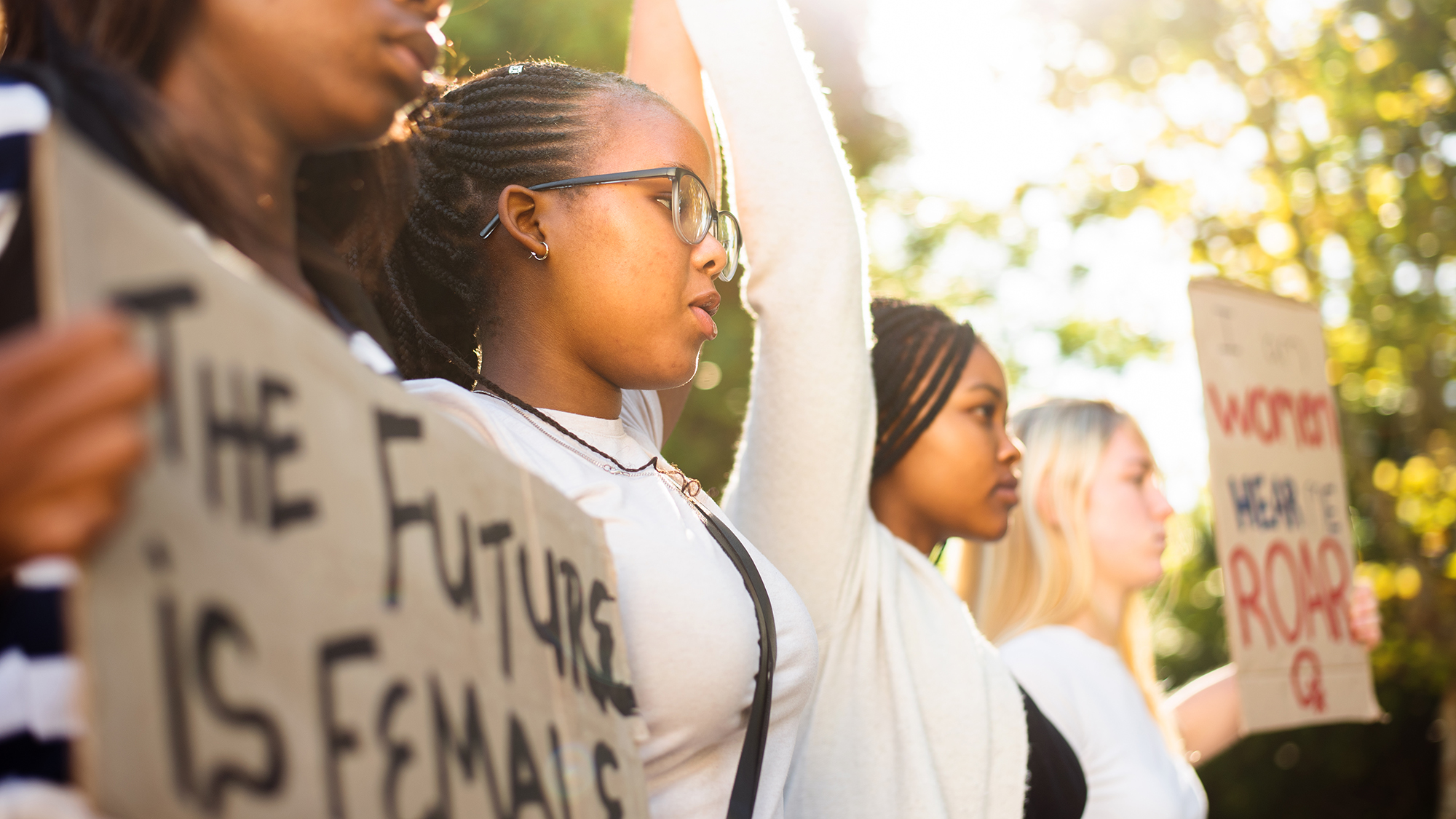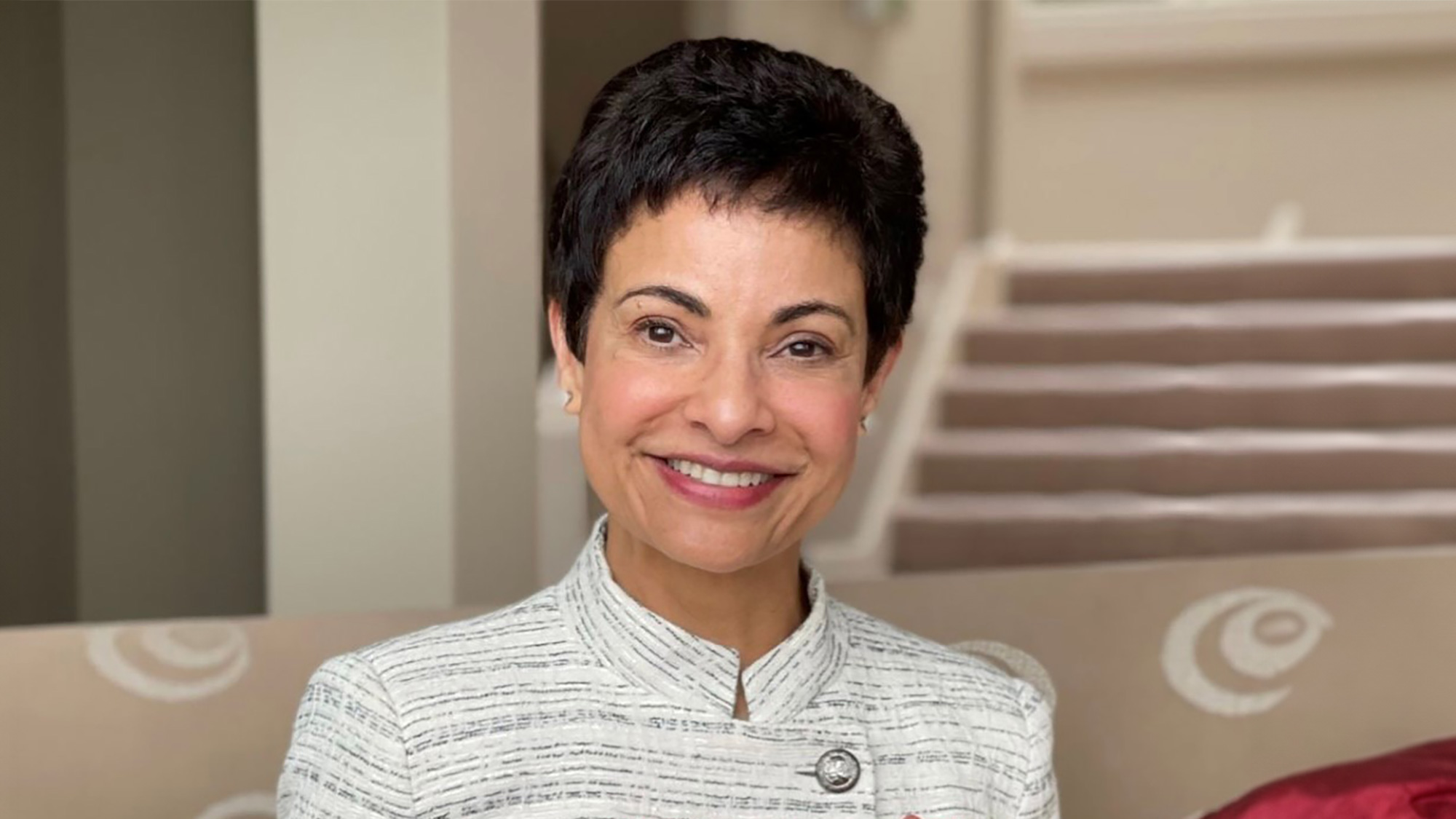Rediscovering Women’s Place in History

History looks a little different when women are included and is richer for it. In every medium, in every time, women have been underrated and their contributions underreported. Their own history, until recently, has been discounted and erased. Here are a few histories that help correct the record by vividly portraying the women who led in their eras and industries and made a difference. They make old stories new again by including the women who lived them.
Black Women Were at the Vanguard All Along for Securing and Expanding Voting Rights
For many Americans, the fight for women’s suffrage began in 1848 at Seneca Falls with Elizabeth Cady Stanton, who Susan B. Anthony soon joined in organizing a nationwide movement. In fact, the work for universal suffrage, including for women, began much earlier and its leaders were Black women working in their own communities and churches. Black and white women abolitionists joined together in the 1830s to end slavery and push for equal rights for all Americans regardless of race or gender. These women held the first national women’s convention in the US, but their meetings elsewhere were frequently the target of violence. In 1837, a Philadelphia mob burned their meeting hall down to the ground. Politicians were able to divide their united front along racial lines for decades, weakening the push for voting rights for everyone.

Former slave Sojourner Truth was the first national black spokesperson for women’s suffrage. While white women’s groups emphasized voting and property rights, lecturers like Frances Ellen Watkins Harper drew attention to segregation’s problems and physical dangers and how it interfered with daily life. A series of Constitutional Amendments after the Civil War gave black Americans their civil rights and black men the right to vote. However, exercising those rights without harassment and violence was a decades-long struggle in which black women were once again in the vanguard. Journalist and activist Ida B. Wells was a founding member of the National Association for the Advancement of Colored People (NAACP), created in 1909 to organize a national civil rights movement to dismantle Jim Crow laws and outlaw lynching.
Even with federal allies, every victory was hard won. Jim Crow’s advocates waged their own fight…In the wake of Brown, Southern states defunded public education and countenanced the establishment of private all-white segregated academies.
Martha S. Jones
Even when women finally got the right to vote in 1920, states and localities made it impossible for black women to register to vote. Eventually, cases brought by the NAACP to challenge discriminatory laws won out, ensuring equal access to the polls and the nation’s political process.
A Backlash By Women Against Feminists Thwarted Passage of the Equal Rights Amendment
The Civil Rights Act of 1964 outlawed discrimination on the basis of skin color, religion, gender or national origin. Enforcement was a different story. Black leaders like Diane Nash, who organized Freedom Riders throughout the South, Episcopal priest Pauli Murray, who co-founded the National Organization for Women (NOW), and Shirley Chisholm, the first woman to run for president, formed the new vanguard for equal rights, emphasizing public policies that support women and families like equal pay for equal work and affordable childcare.
Gerald Ford’s presidency proved to be a peak period of feminist influence, a golden age for the women’s rights movement.
Marjorie J. Spruill
The National Organization for Women blazed trails for women’s rights, building nationwide momentum for equity for all women. Back in 1972, both Republicans and Democrats supported an Equal Rights Amendment (ERA) to the Constitution. But, reports Marjorie J. Spruill in Divided We Stand, the opposition organized by far-right activist Phyllis Schlafly, largely through church networks, eventually scuttled the effort by talking then-presidential candidate Ronald Reagan and his allies into removing this goal from the official Republican platform in 1980, and by pitting pro-abortion rights “women libbers” against anti-abortion family traditionalists.

Schlafly’s efforts opposing women’s rights were largely successful; plans to pass the ERA were eventually abandoned. Christian conservative leaders, mostly men, appropriated her movement, wielding ever-greater political power. Schlafly still influenced evangelical women in 2016 before her death, and her endorsement of Donald Trump for president helped turn many of them out to vote for him. In All the Single Ladies, journalist Rebecca Traister outlines a different kind of feminist history: the growing influence of single women, a counternarrative to women as members of traditional families.

Traister points out that many of the significant advances for women’s rights were made by unmarried women. For instance, Susan B. Anthony, Rose Schneiderman and Lillian Wald advocated for voting rights, worker rights and social safety net reforms that would help women on their own. Access to birth control and abortion gave women more control over their reproductive destinies, allowing them to make decisions regarding careers and families. Many single women are happy with the benefits that come with their status: They can be more social, able to participate more in their communities and are more likely to be able to care for elderly parents. While being independent can pose challenges, especially during illnesses, having a partner or children is no guarantee those challenges would be any easier to face. As women’s economic power grows, so does their political power. Single women spend over $2 trillion yearly on goods and services; however, a large percentage of single women are poor and struggling financially. Due to biases in the system, single women pay more in taxes and healthcare.
There are millions of ways that women leave marks on the world, and…having children is but one of them.
Rebecca Traister
Early Television Was Shaped By Women Creators
Despite its “Mad Men” gloss, television was invented by women, argues author Jennifer Keishin Armstrong. She sets the record straight in When Women Invented Television, with stories about the chances women took developing the medium in its early years. Actress, writer and producer Gertrude Berg imported her successful 1940s radio family serial to the new medium, developing the standards for situation comedies still used today. Irna Phillips was the undisputed master of the soap opera form on radio and television for decades. Many of the conventions she invented are still used in drama series.

Actress Betty White, on record for having the longest-running career in television, pioneered the talk show, interviewing guests, developing and acting in comedy sketches, singing and ad-libbing with humor for hours. Her first show was local, but it led to lead roles in comedy series from the dawn of television through the turn of the 21st century, as well as numerous film roles.
White would eventually rise to Gertrude Berg’s level of sitcom stardom. But she would get there by first competing with Irna Phillips for the daytime audience full of housewives, and she would do it by helping to invent a new form of her own: the talk show.
Jennifer Keishin Armstrong
Jazz pianist Hazel Scott was the first black solo entertainer to host a prime-time television show. She had a national profile due to her musical accomplishments and was married to a prominent Congressman in New York. She consciously used her position of prestige to break down barriers for people of color.
She showed extraordinary strength, first in exerting control over her own image as a Black woman in the public eye and then in risking her career to make larger points about racism in the United States, all while trying to live up to the high standards of being a politician and preacher’s wife.
Jennifer Keishin Armstrong
However, as television evolved and became a lucrative force to be reckoned with, women were forced out of leadership roles. The House Un-American Activities Committee and US Senator Joseph McCarthy purposely smeared the reputations of entertainers, accusing them of communist sympathies, and directly interfered with the careers of Gertrude Berg and Hazel Scott. Both women were driven from the television medium as content became more bland, reflecting the patriarchal preferences of the times. Irna Phillips adapted as tastes changed, and Betty White lived long enough to parody her early wholesome TV persona in later shows.
Read more about women’s historical contributions:













